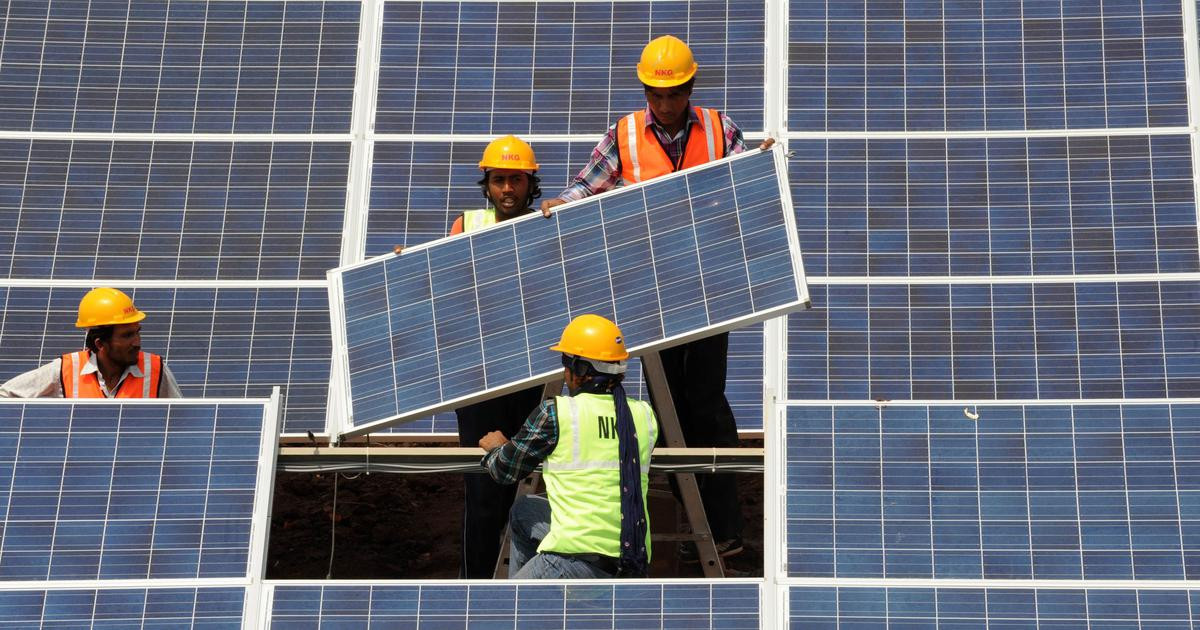
Rooftop solar installations are expanding in India, offering lessons for Vietnam and other nations. Photo: SC.
The Council on Energy, Environment, and Water (CEEW), based in New Delhi, India, has released a report analyzing the leading nations in rooftop solar energy development. The study compares the progress of nine top-performing countries: China, Germany, the US, Japan, Australia, Italy, Brazil, India, and Vietnam.
Key factors for success in rooftop solar development
The report identifies regulatory frameworks, supportive policies, financial mechanisms, business models, and technological advancements as crucial factors that have driven the reduction of rooftop solar costs.
Additionally, it recommends measures to scale up rooftop solar, including fostering market demand, enhancing consumer awareness through campaigns like Solarise in the US and district-wide programs in China, and building ecosystems and infrastructure to facilitate adoption.
The report highlights online platforms, such as India’s national portal, as tools for improving accessibility to rooftop solar information and resources.
Global practices in rooftop solar expansion
- Innovative Business Models: Examples include Germany's citizen rooftop solar projects, balcony solar initiatives, and Australia’s small-scale certification for energy cooperatives.
- Feed-in Tariffs (FiTs): Countries like China, Italy, Japan, and the US have successfully implemented phased FiT programs that gradually decrease rates while maintaining strong market demand.
However, the report points out challenges in Vietnam, including a lack of long-term policies, inadequate energy infrastructure, and grid capacity limitations, which have hindered the effectiveness of FiTs.
- Incentive Policies:
- Brazil's PERS program offers low-interest loans at 2% for low-income households.
- Germany’s "100,000 Rooftops" program provides low-interest financing with 10-year repayment terms.
- The US and Italy employ tax credits and financial incentives.
- Net Metering Mechanisms: Systems like the US SolarAPP+ significantly reduce permitting times, while supplier rating systems in India and Australia help consumers identify reliable installation providers.
- Mandatory Installation Requirements: In Vietnam, regulations aim for half of all office buildings and residential homes to adopt rooftop solar by 2030.
The report emphasizes the need for better grid connectivity, careful distribution planning, and improved access to information and data. While global best practices provide valuable insights, the report concludes that each nation must tailor its approach to local conditions and requirements.